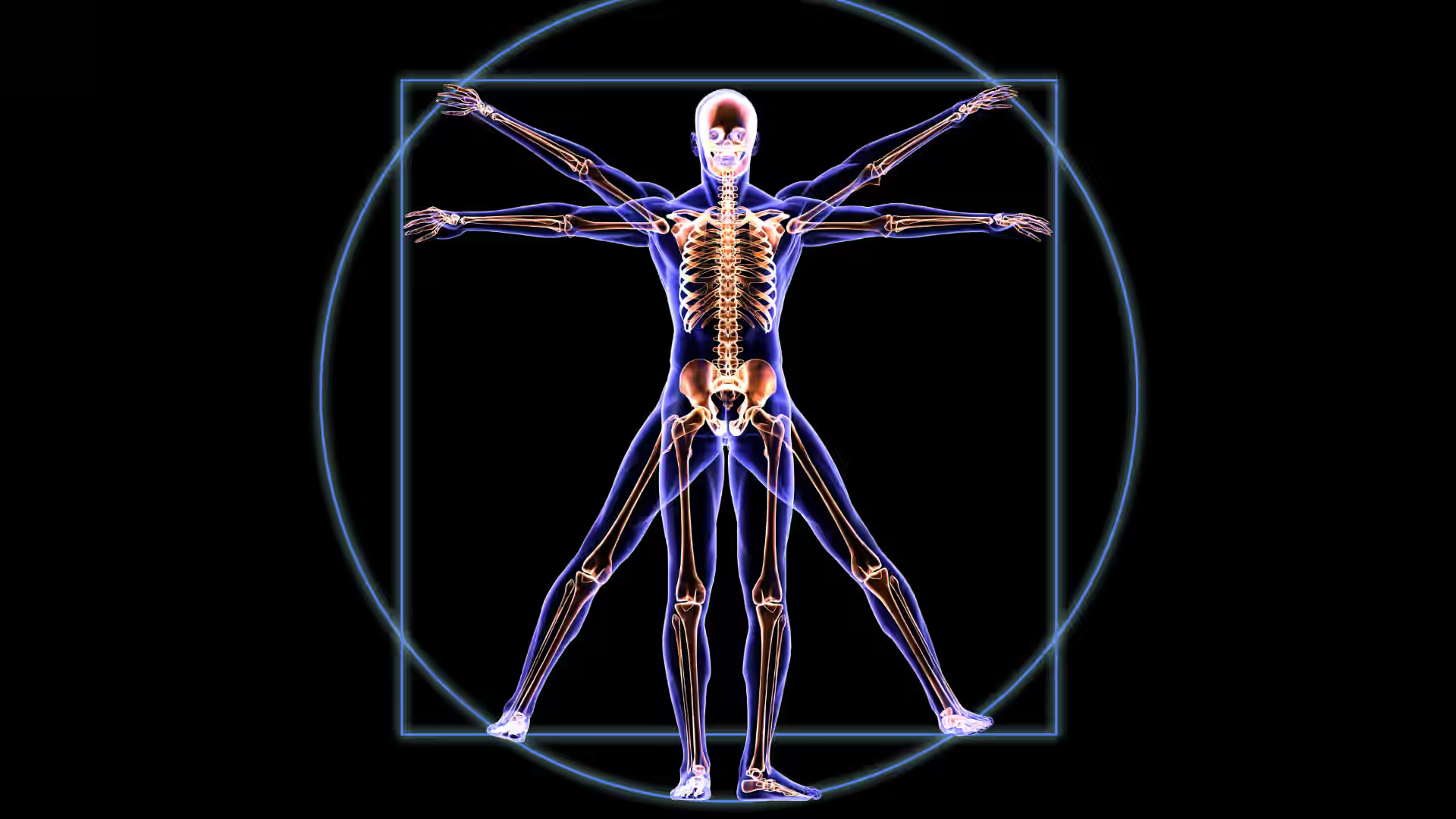Canada-based yerba mate beverage producer Mateína launched in the U.S. market in partnership with neurobiologist Dr. Andrew Huberman and venture capital firm Tiny. Dr. Huberman and Tiny now own a majority stake in the business.
According to a tweet from Dr. Huberman:
“I have been drinking Yerba Mate for 45 years, so I’m delighted to be a partial owner of @yerbamateina and to have developed a zero sugar cold brew canned version…(Non-smoked) yerba mate is the healthiest and best source of caffeine for energy.”
[signup]
What is yerba mate?
Yerba mate is an herbal drink from South America. It’s made by drying, roasting, and powdering the leaves of a tree called Ilex paraguariensis and can be prepared as a hot or cold beverage. (1)

While yerba mate has been consumed for many centuries, it’s only since the late 20th century that scientific research has been conducted to understand its effects on the human body. (2) Since then, the beverage has been found to have many potential benefits, including:
- A smoother energy boost. Yerba mate contains water-soluble caffeine. This means it has similar effects to coffee which, in moderate doses, can lead to increased alertness, energy, and ability to concentrate. However, unlike coffee, yerba mate also contains the compound theobromine, which is known to provide a smoother, more balanced energy boost. (3)
- Support for heart health. Paraoxonase-1 (PON-1), which is an antioxidant enzyme carried by HDL, may help prevent the oxidation of LDL. A study found that yerba mate might help maintain PON-1 activity from HDL during oxidant stress. (4) In other words, the beverage may help support the reduction of LDL oxidation, which is associated with the hardening of the arteries.
- Potential anti-cancer properties. Yerba mate contains phenolic compounds, which studies have found to demonstrate anti-inflammatory effects. When tested in the lab, an extract from yerba mate showed it could stop the growth of certain cancer cells in the colon, which could signal a promising area for further research. (5)
- Support for metabolic health. A study found that participants who exercised and consumed 1 to 2 grams of yerba mate saw positive effects on metabolic, satiety, and mood state (focus, energy, and concentration), as well as increased fatty acid oxidation and energy expenditure from fatty acid oxidation by approximately 23%. This suggests the potential benefits of combining physical activity with functional foods—like yerba mate—for supporting health goals. (6)
However, just like any other caffeinated substance, yerba mate comes with potential negative side effects. According to the Mayo Clinic, the caffeine in yerba mate could lead to an upset stomach, trouble sleeping, restlessness, and a fast heartbeat.
Why does this news matter?
While this is a new announcement, Dr. Huberman’s partial ownership of Mateína — and its launch in the U.S. — has many exciting potential implications for the future, such as:
- More caffeine alternatives. The expansion of Mateína to the U.S. gives consumers potentially healthier alternatives to coffee. While there are U.S.-based beverage brands that have been making yerba mate drinks for the past few years, such as Guayakí and Marquis, having new brands enter the market gives people more options to choose from.
- Research-based products. Given Dr. Huberman’s involvement with the company, it’s likely that consumers can expect more yerba mate-based products to be developed in the near future with his support, such as the sugar-free line he introduced in tandem with the U.S. launch. More importantly, Mateína is likely to put more scientific research and rigor behind its products, given Dr. Huberman’s reputation as a well-respected scientist.
- Increased accessibility of yerba mate. Yerba mate, as showcased in the studies above, is a health-forward beverage with many potential benefits and use cases—which Dr. Huberman frequently discusses on his podcast episodes (7, 8). While the beverage has been a staple of many South American cultures, it’s starting to gain traction more globally as well. The expansion of Mateína into the U.S. is yet another signal that this beverage will become accessible to more people around the world.





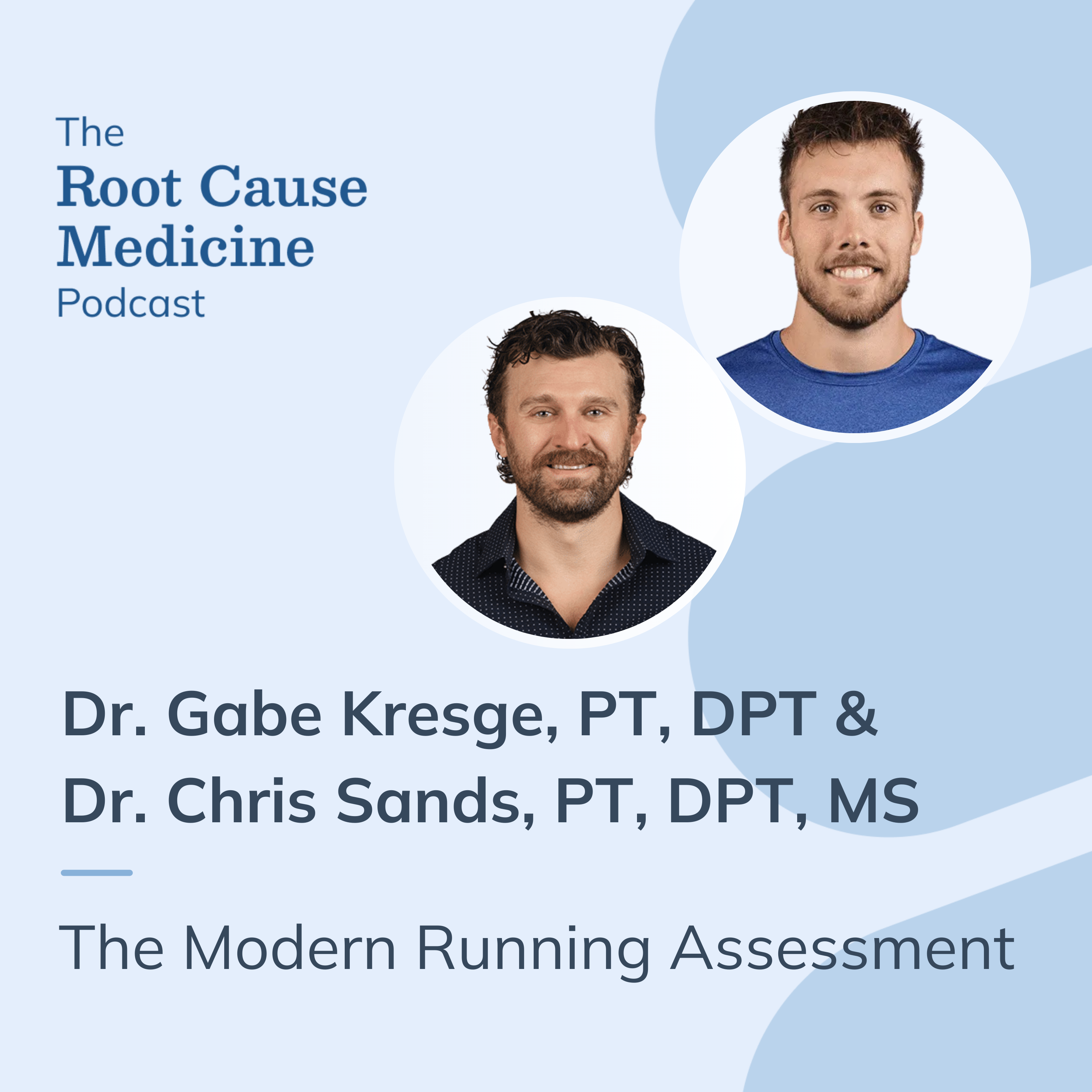
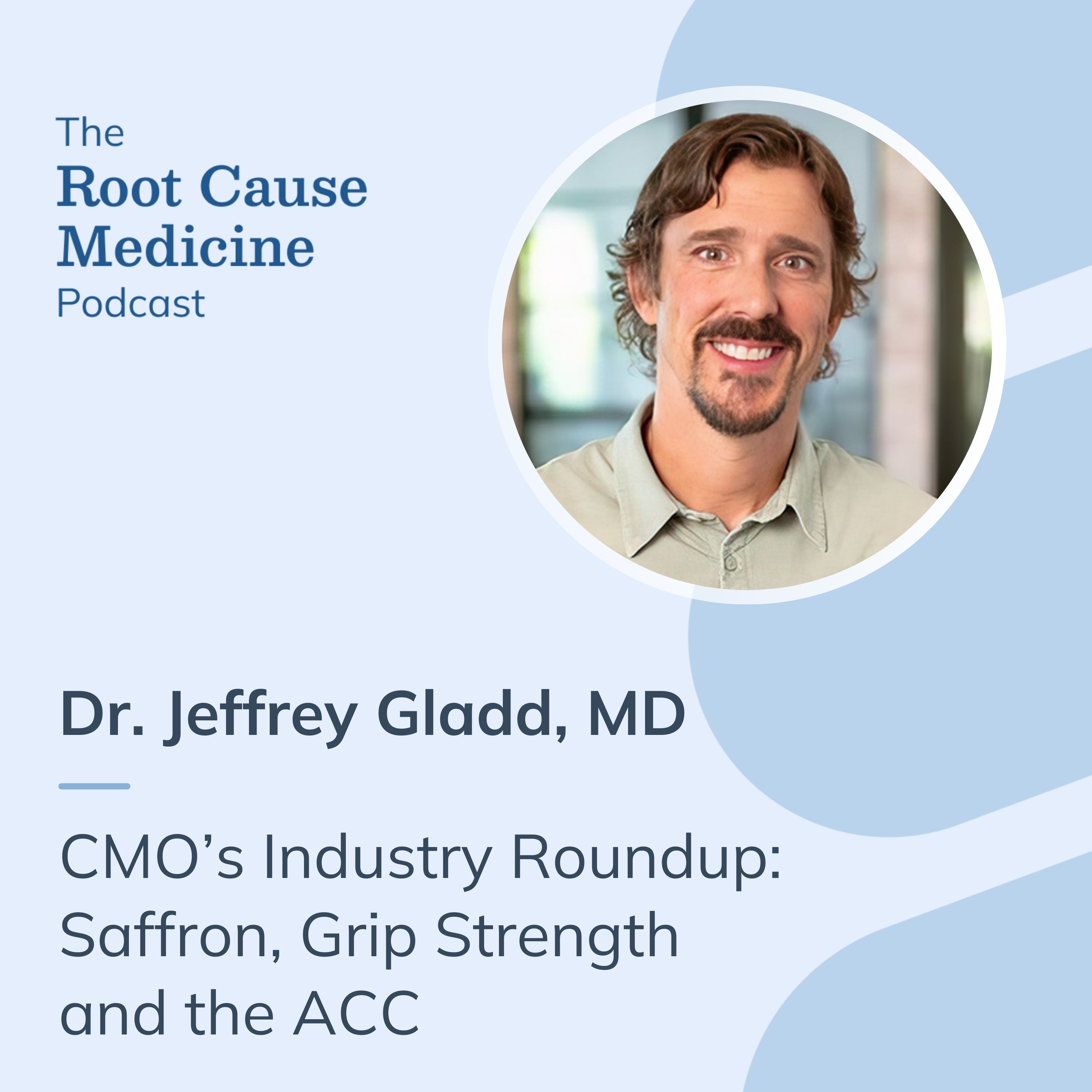
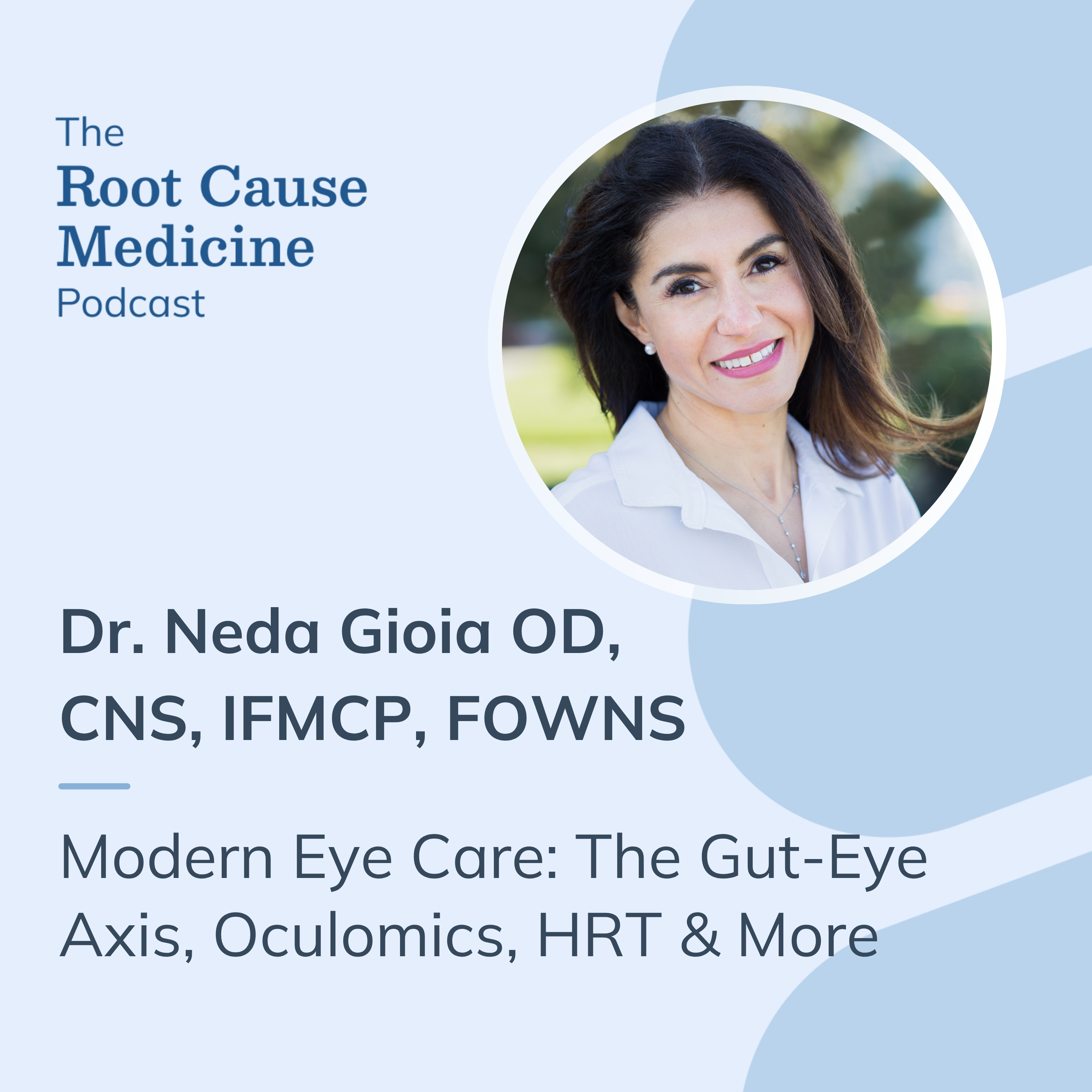
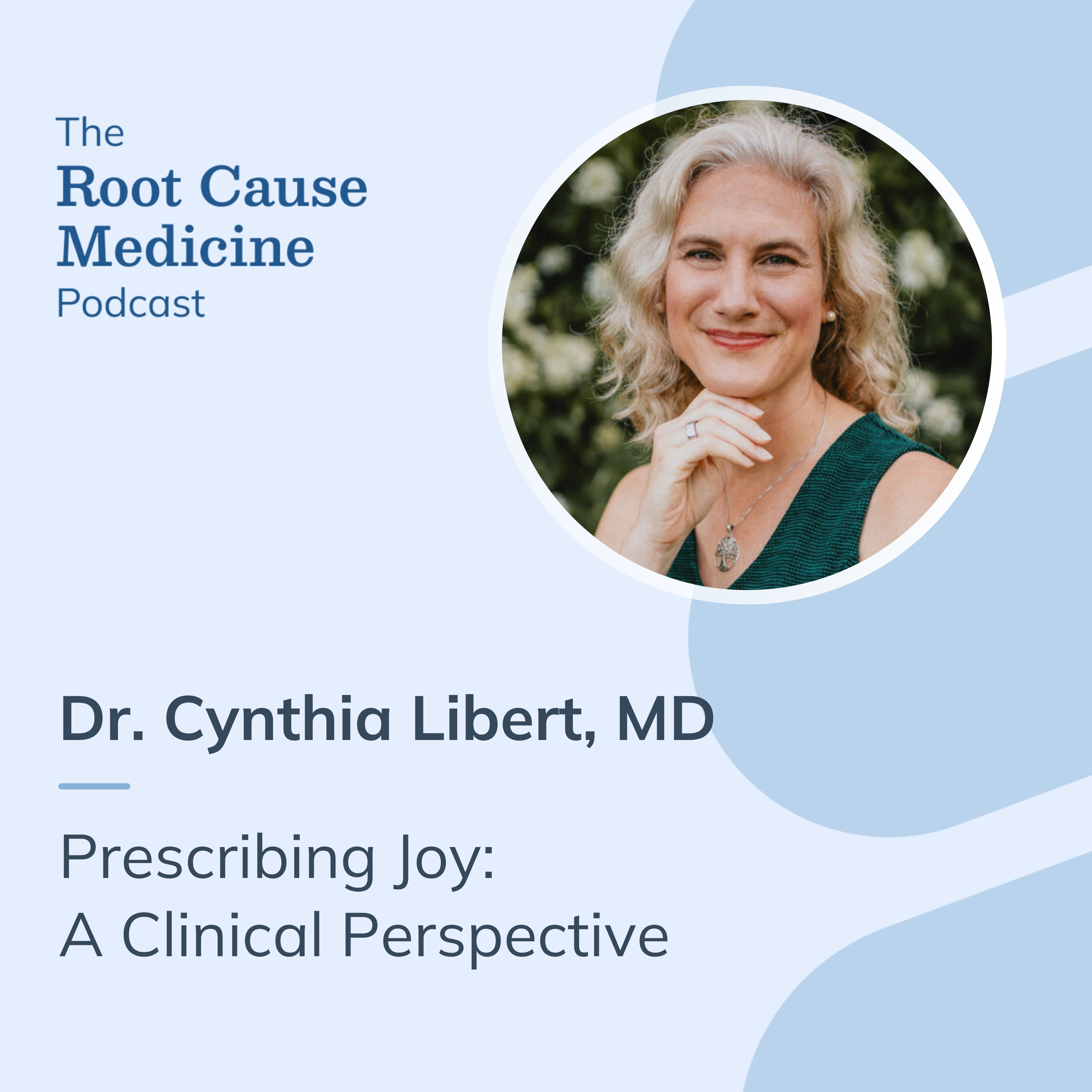
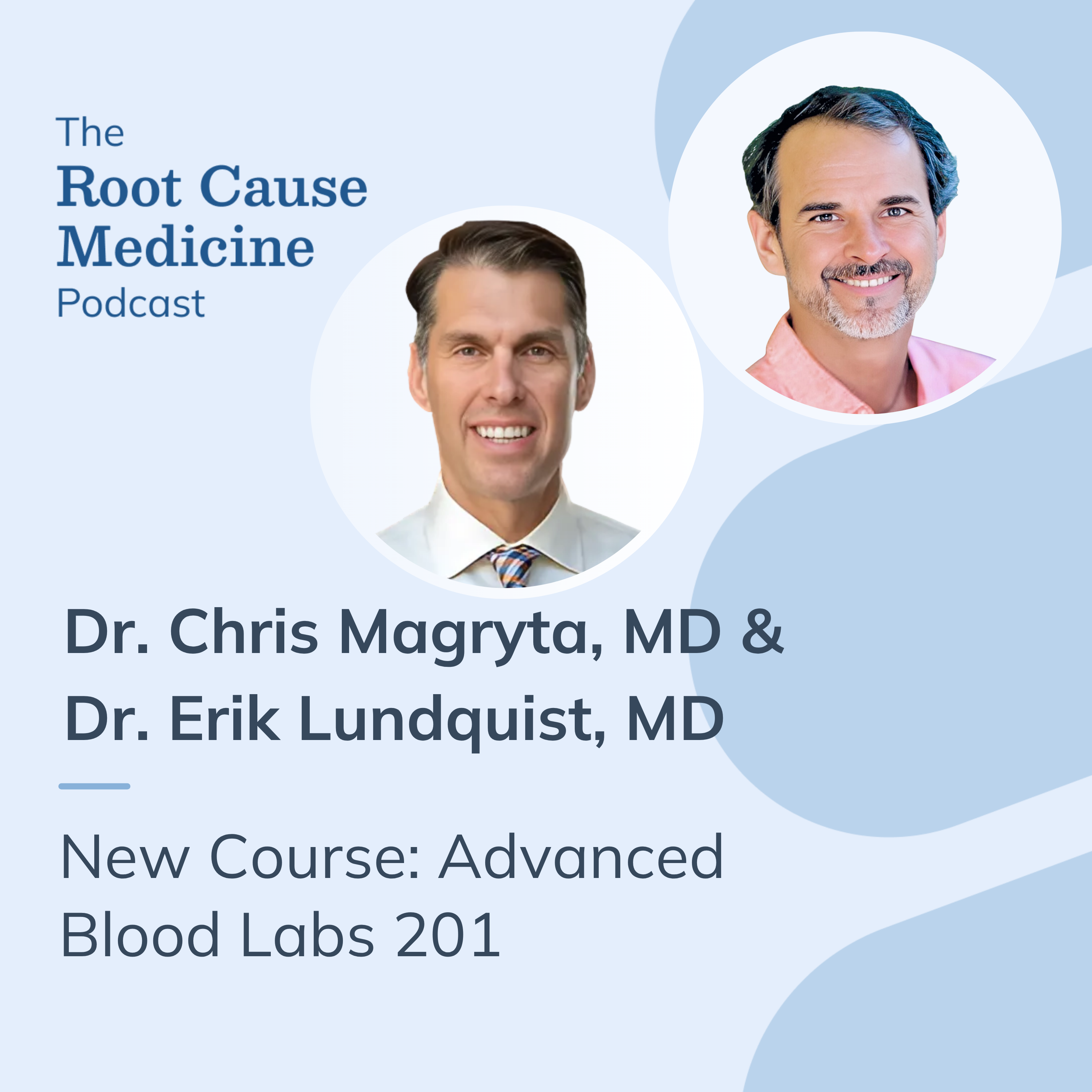


%201.svg)






